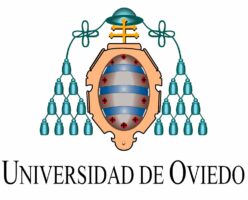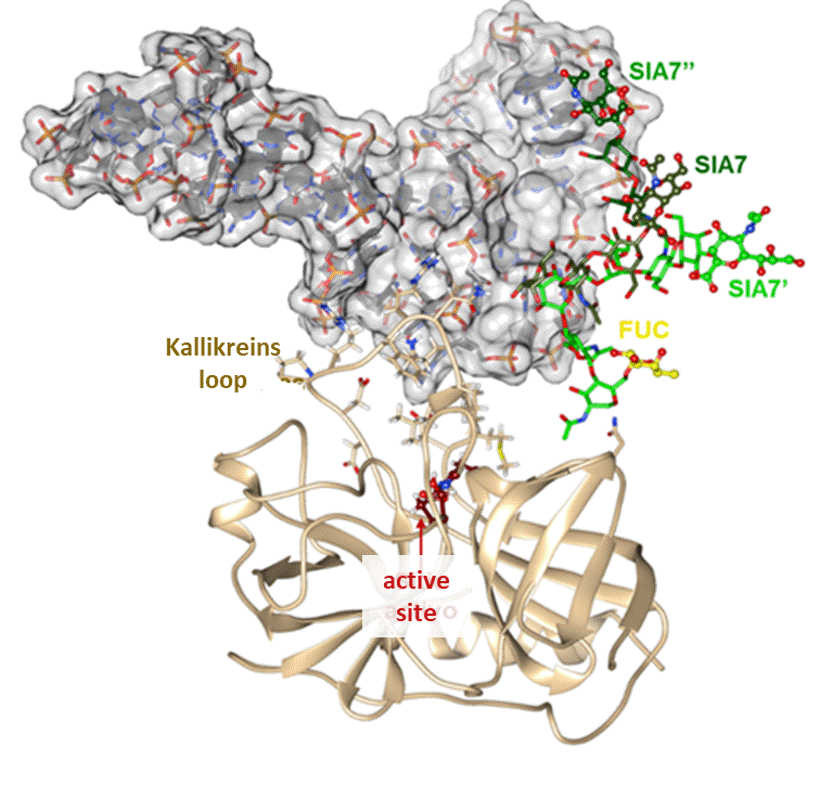DNA not only carries the genetic information but also conformational information because they can fold into a variety of three-dimensional structures that allow binding almost any kind of molecule or even cell similarly to antibodies. Aptamers are selected by an in-vitro combinatorial procedure called SELEX (systematic evolution of ligands by exponential enrichment) and once obtained are chemically synthesized without the need of animals. This is why they are called chemical antibodies.
We pioneered the electrochemical aptasensors back in 2007 (10.1021/ja0689482).
We have selected the first aptamer for gluten (patented), the group of proteins that triggers the celiac disease, an elusive but desired target due to their poor solubility in water and apolar character.
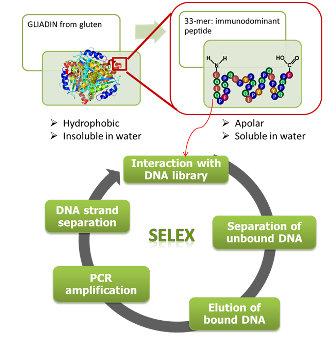
We used the immunodominant peptide as the target, the so called 33-mer 10.1021/ac404151n. We developed comptetitive assays on magnetic beads or disposable electrodes 10.1016/j.aca.2015.02.053.
Recently, we pioneered the selection in non-aqueous solutions, DES-SELEX, using deep eutectic solvents, green solvents with high solubility power that avoids sample dilution because gluten is extracted and interacts with the aptamers in DES (10.1002/anie.201804860).
Our approach is based on enzymatic amplification and electrochemical detection and now we are combining this with isothermal nucleic acid amplification to boost sensitivity.
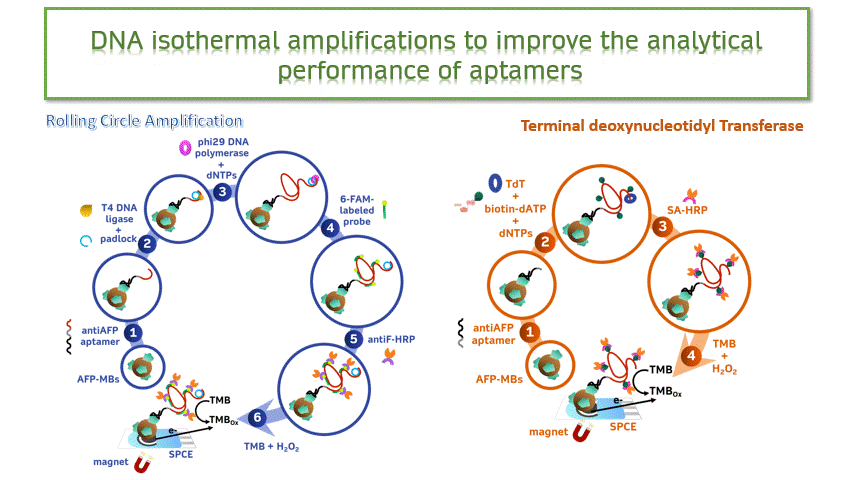
LIQUID BIOPSY: Tailoring SELEX procedure toward PTM of proteins
Currently our interest are focused on the selection of aptamers for post-translational modifications of proteins shed by the tumor and its environment to the biological fluids. Detection of the altered protein is more informative than its total concentration but there are not probes for altered proteins.
We are interested in two types of PTM. i) glycoproteins, ii) extracellular matrix components.
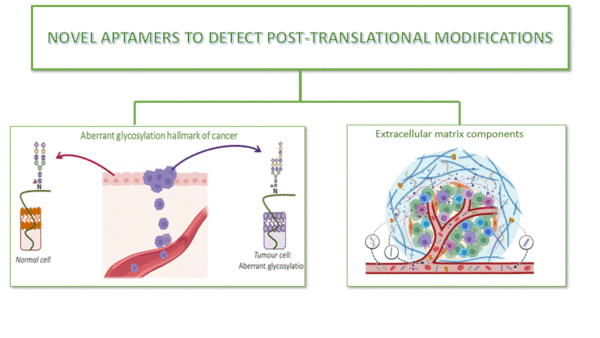
Aberrant glycosylation is a hallmark of cancer. Virtually all tumor cells carry abnormal number/pattern of glycans at their membrane proteins. Most tumor biomarkers are glycoproteins but they still have concerns about its sensitivity (no false negative) and specificity (no false positive).
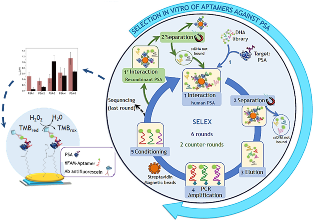
We have recently demonstrated the feasibilty of selecting aptamers for the glycan moiety (much less immunogenic than proteins) of the prostate specific antigen, PSA, (the only biomarker approved for diagnose a tumor, the prostate cancer). 10.1016/j.bios.2018.12.040
Through computational modelling we verified that PSA-1 aptamer binds mainly the outermost sugar (sialic acids) while PSAG-1 presents binary recognition ability: it binds the glycosylation region so interacts with both the peptide and the innermost glycans 10.1039/D0SC00209G.
We have also defined a glycan score with improved ability to discriminate bening prostate disease from cancer in the grey zone where traditional PSA detection fails. 10.1016/j.bios.2020.112872

